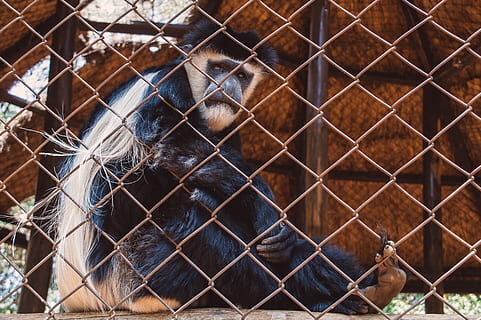
In the past months the death of animals in captivity have highlighted continuing concerns around conservation. Zoos are entertainment, and while they contribute to conservation they don’t provide any real solution. Wildlife can only be saved by empowering their protection in their own natural habitats and that means we have to work with local communities and not against them.
On 28th May 2016, for example,Harambe, a captive born gorilla, was shot dead after a young boy fell into his enclosure at the Cincinnati Zoo in the United States. One week earlier, two lions were destroyed at Santiago’s Metropolitan Zoo in Chile, and a week before that a Sumatran elephant called Yani died in the notorious Surabaya Zoo in Indonesia. An online discussion has exploded about each of these sad cases, but by and large it’s a debate that excludes the views of those most important for success.
Zoos began life as amusements, and while they have evolved they still exist to make money and tap into a wealthy societal appetite for entertainment. But at a deeper level they are key components of an international conservation system that resembles the West’s colonial and racial past. This system believes that communities in parts of the world where most endangered species live are a problem that must be fixed—most often by acquiring traditional lands, establishing camps and other experiences for wealthy tourists, and employing gun-carrying guards to patrol the boundaries of parks and reserves.
Pranav Maharjan
Grade 7

